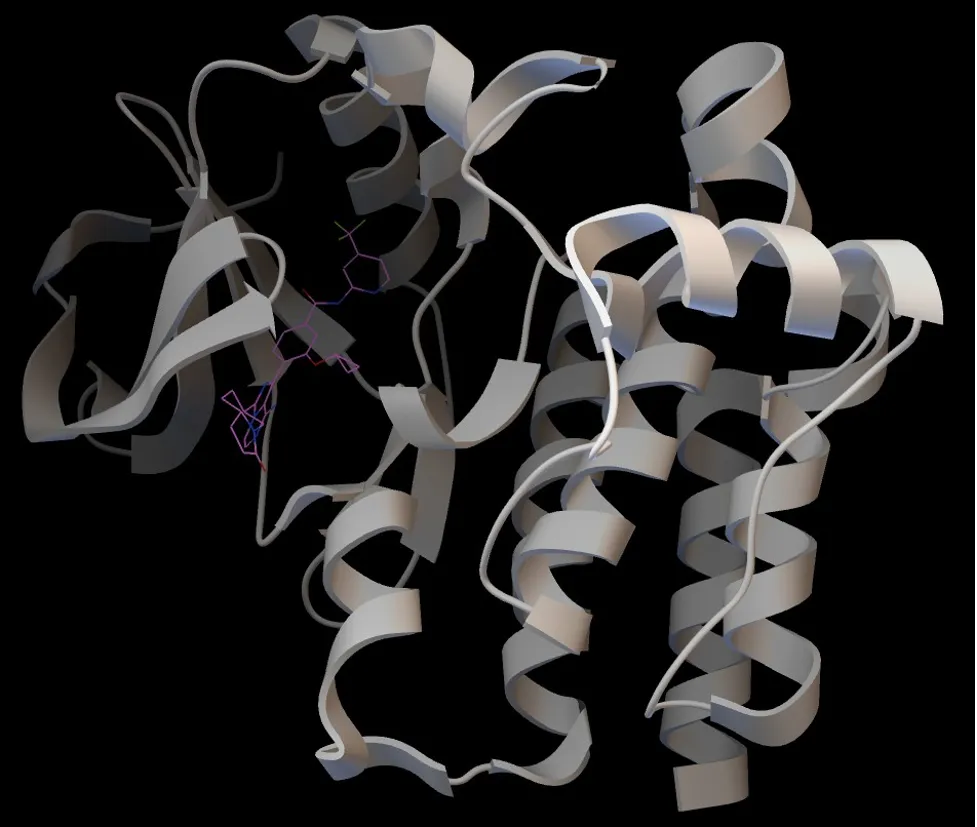Medicinal chemistry

Medicinal chemistry: an industry-oriented scientific field
Medicinal chemistry includes in itself a vast array of other related fields, from more biological disciplines like biochemistry and organic chemistry to more mathematically charged ones like statistics or even computational chemistry. Medicinal chemistry is very result-oriented, people with a degree in it often find themselves developing various drugs. With that in mind, let us outline some applications of medicinal chemistry in the process of finding or creating new drugs.
Discovery
The example we here at ChemDiv are most familiar with: finding which small molecules at our disposal may serve as therapeutic agents in the future. There are several ways of finding a new molecule to work: naturally, the most obvious one is to try something similar to the existing drugs or even poisons – after all, only molecules that have an effect on the organism can help cure diseases, so what is a deadly substance in one circumstance can be a literal life-saver when utilized properly. These natural sources are very productive at generating new leads, with a number of developed drugs at the clinical trial stage.
Coming back to the idea of using existing drugs as a base, there are various approaches to improving them or iterating upon them. Two common ones are trying to slightly modify existing drugs, to, for example, decrease their toxicity or increase their effectiveness. Medicinal chemists also look at the target and adjust the structure of the molecule with a certain rationale in mind: making it fit the target better or making it harder for the molecule to bind to anything that is not the target, thus improving its selectivity.

Bruton's tyrosine kinase with an inhibitor, 6x3p from the PDB. An example of the medicinal chemist’s work is figuring out which ligand-kinase interactions are more valuable for creating a selective or more effective inhibitor
Pharmacokinetics
One of the critical early indicators of whether the new molecule is drug-like or not are its pharmacokinetic parameters, namely ADME/T:
-
Absorption, which medicinal chemists often modify by increasing or decreasing the solubility – by making the molecule more or less hydrophobic. They may alternatively opt to change the way in which the molecule is ionized in the intestines
-
Distribution, which also, among other factors, is dependent on the pH partition.
-
Metabolism – all the ways the organism transforms the molecule. These can be taken
advantage of by medicinal chemists, who make a prodrug, which is turned into a pharmaceutically active substance only after being transformed by the organism, commonly in the liver
-
Excretion – while a select few drugs remain in the body, most do leave it eventually, usually through the kidneys. The molecule can be modified in a way that increases its half-life to a level that allows to only take daily, which significantly improves the quality of treatment compared to something that has to be taken three times a day – both due to the increase in convenience for a patient, and due to the fact that people are more likely to follow more simplistic regimens more consistently.
-
Toxicity – the crucial factor, which ends up deciding the fate of many promising substances. There are many drugs which end up not passing clinical trials because of their heavy side effects, and there are many more molecules that do not make it out of the preclinical phase due to their toxicity.
The ability of medicinal chemists to alter the molecule’s ADME/T is a fundamental tool of drug discovery.
Closing remarks
Medicinal chemistry is one of the most important fields of science for a researcher trying to create a new drug, be it for a disease which already has a treatment, but one fraught with side effects, or for one for which there is no treatment as of now. Due to its complex nature, it evolves with the many fields that it contains. It is a mainstay of modern drug design and, no doubt, will be of significant help to us both in the future and the present.


